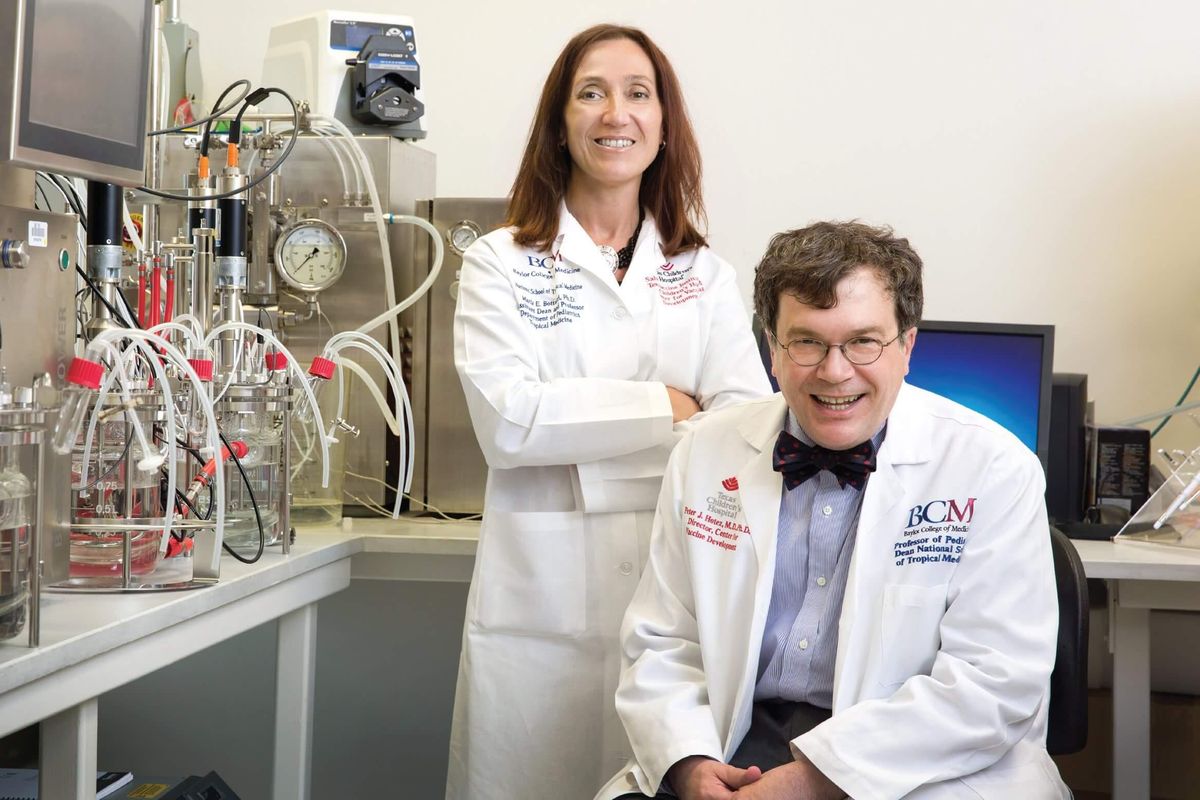Houston aerospace co. soars with first U.S. test flight of hypersonic engine
taking off
Houston-based Venus Aerospace successfully completed the first U.S. flight test of its proprietary engine at a demonstration at Spaceport America in New Mexico.
Venus’ next-generation rotating detonation rocket engine (RDRE) is supported by a $155,908 federal Small Business Innovation Research (SBIR) grant from NASA and aims to enable vehicles to travel four to six times the speed of sound from a conventional runway. The recent flight test was the first of an American-developed engine of its kind.
"With this flight test, Venus Aerospace is transforming a decades-old engineering challenge into an operational reality,” Thomas d'Halluin, managing partner at Airbus Ventures, an investor in Venus, said in a news release. “Getting a rotating detonation engine integrated, launch-ready, and validated under real conditions is no small feat. Venus has shown an extraordinary ability to translate deep technical insight into hardware progress, and we're proud to support their bold approach in their attempt to unlock the hypersonic economy and forge the future of propulsion."
Venus’ RDRE operates through supersonic shockwaves, called detonations, that generate more power with less fuel. It is designed to be affordable and scalable for defense and commercial systems.
The RDRE is also engineered to work with the company's air-breathing detonation ramjet, the VDR2, which helps enable aircraft to take off from a runway and transition to speeds exceeding Mach 6. Venus plans for full-scale propulsion testing and vehicle integration of this system. Venus’ ultimate goal is to develop a Mach 4 reusable passenger aircraft, known as the Stargazer M4.
"This milestone proves our engine works outside the lab, under real flight conditions," Andrew Duggleby, Venus co-founder and chief technology officer, said in the release. "Rotating detonation has been a long-sought gain in performance. Venus' RDRE solved the last but critical steps to harness the theoretical benefits of pressure gain combustion. We've built an engine that not only runs, but runs reliably and efficiently—and that's what makes it scalable. This is the foundation we need that, combined with a ramjet, completes the system from take-off to sustained hypersonic flight."
The hypersonic market is projected to surpass $12 billion by 2030, according to Venus.
"This is the moment we've been working toward for five years," Sassie Duggleby, CEO and co-founder of Venus Aerospace, added in the release. "We've proven that this technology works—not just in simulations or the lab, but in the air. With this milestone, we're one step closer to making high-speed flight accessible, affordable, and sustainable."




















